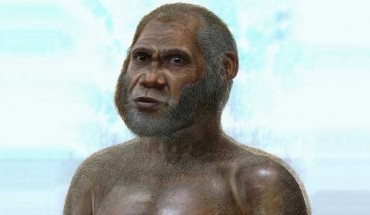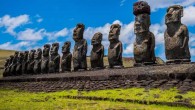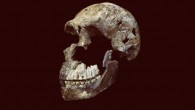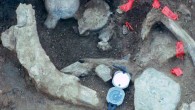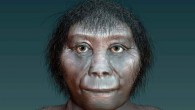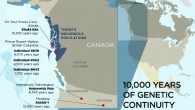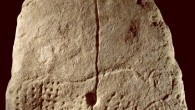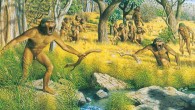New excavations of a cave site in western Sumatra called Lida Ajer indicate modern humans reached Southeast Asia between 73,000 to 63,000 years ago — up to 20,000 years earlier than archaeologists previously thought. The findings, published in the journal Nature, also suggest humans could have potentially made the crossing to Australia even earlier than the accepted 60,000 to 65,000 years ago. Artist’s reconstruction of an Asian caveman....

